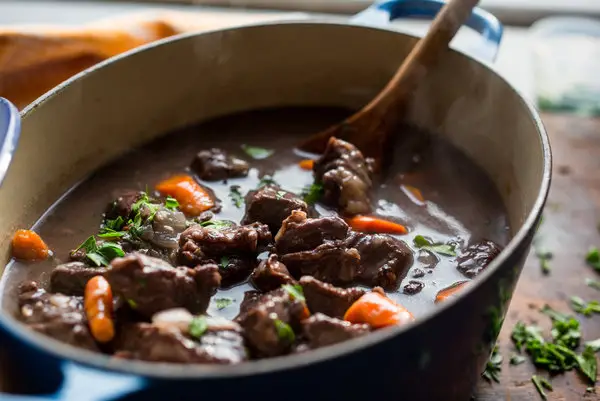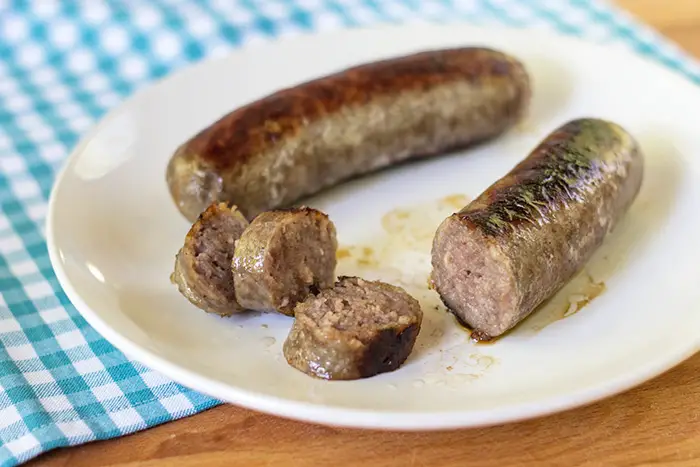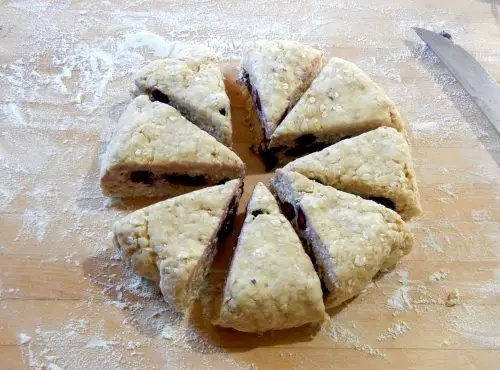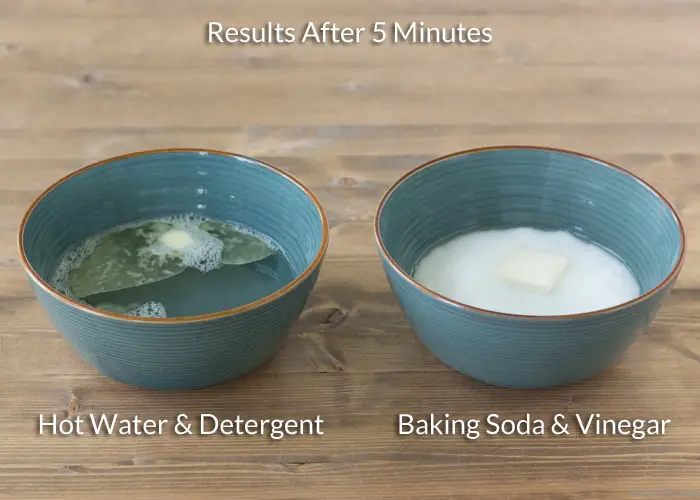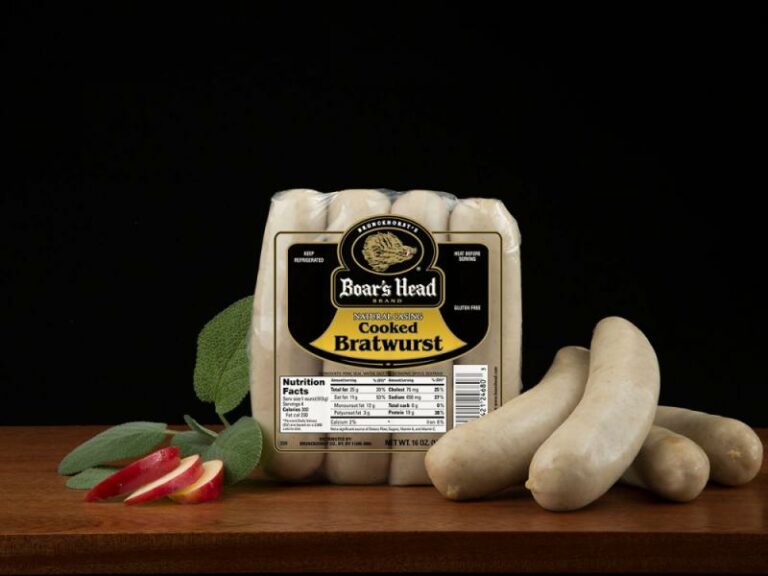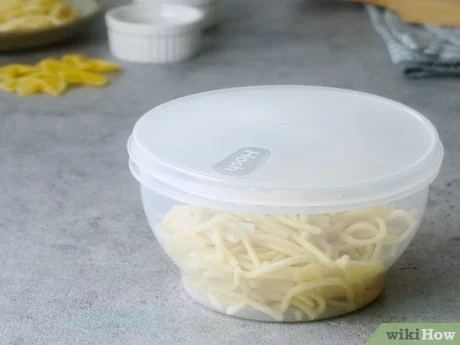There’s something comforting about a hot, hearty stew. The fragrance wafts through the air, and you know it will be satisfying and heartwarming. But if you’re someone who’s not entirely sure whether to cover your stew while cooking or not, you’re not alone! Many home cooks are torn between intuition and recipe instruction when deciding whether to cover their stews or leave them uncovered.
In this article, we’ll explore the pros and cons of covering a stew during cooking. We’ll also talk about when it might be better to leave your pot uncovered and discuss different scenarios where covering may or may not be necessary.
The Benefits of Covering Stew When Cooking
Retention of Moisture
One of the primary reasons why cooks cover a pot of stew is to retain moisture. If you’ve ever left a lid off while simmering soup or sauce on the stove for too long, you’ve probably noticed how much water evaporates in just a short period.
When making stew, retaining moisture is a critical component because it ensures that all ingredients are adequately hydrated and tender. When the lid is on, evaporation slows down drastically (although some amount will still escape), which means more liquid stays in the pot. As a result, meats won’t dry out as quickly as they would without proper hydration. Additionally, vegetables will cook thoroughly without becoming tough and overly chewy.
Using some techniques like reducing heat, using tight-fitting lids while cooking encourages uniform absorption time for flavors by reducing temperatures leading to fully enhanced flavors suitable for soup lovers who like immense savor in their pots.
Uniform Temperature Control
Many chefs recommend covering their stews while cooking because doing so helps distribute heat evenly throughout the dish. With an adequate temperature distribution system achieved through covering helped by the even absorption pace discussed above enhances development cooked from inside out boosting tenderness with every bite.
Keeping your pot covered ensures that every bit of your stew is cooked at the same temperature, leading to a smooth and well-composed pot that’s consistent in taste throughout.
Minimizes Spattering
Stews usually involve boiling liquids, which can cause troublesome splatters on hands and clothes. Boiling broth can cause spatters that can burn someone or make cleaning up challenging. Covering your stew helps to trap in all that sizzling broths within the pot, thus minimizing these effects.
Reasons Why One Should Avoid Covering Stew When Cooking
Control of Flavor Intensity
While there are excellent reasons for covering a pot of stew, some chefs choose not to do so to control flavor intensity better. Leaving the lid on while cooking will keep flavors from escaping the pot, but it will also affect how thoroughly they infuse into meats and vegetables.
To overcome this issue experienced chefs recommend not leaving the lid on during the early stages of cooking stews as this gives an opportunity for aroma development, then only placing it back once the ingredients begin breaking down in liquids within the pot.
Achieving a More Crunchy Texture in Ingredients
A similar reason why you might want an uncovered dish is if you prefer some crispness when you’re eating your meal. Covering locks in moisture-which leads to more tender veggies cooked inside out due to uniform heat distribution mentioned above—but sometimes this same effect makes everything too soft and mushy.
If you enjoy dishes with crisp vegetables or potatoes with sound crunch feel free to partially cover your stew while cooking; this allows steam trapped underneath the half-covered pot to cook other vegetables evenly without boiling them out too much.
Situations That Determine Whether To Cover Or Not To Cover
There are several situations when making stews whereby either covering or not-covering should be complemented:
- Thickening stews: If thickeners like flour or starch are added, ensure the top part isn’t covered because it could lead to lump formation due to steam trapped making it challenging to get an even paste.
- Removing impurities from beef or chicken stock: The fatty broth can cause a greyish film on the surface that needs skimming off during cooking to get the desired clean final product. Leaving the pot uncovered provides room for evaporation leading to other solids and scum formation, which can be easily skimmed off.
Different Cooking Methods and How They Affect Whether To Cover The Stew or Not
Different ways of cooking stew can also influence whether you should cover it:
Oven
If baking your stew in an oven with sufficient moisture thanks to more exceptional air circulation mode suitable when not covering stews. This allows any trapped heat inside the dish to automatically diffuse with time, allowing for crust formation at the upper part where only strings of cheese or seasoning can be sprinkled just before completely done.
Slow Cooker
With slow cookers, due to their unique construction, they usually come already covered with seals so that steam evaporated from ingredients falls back into the liquid mix as seen fit by programmed cycle/preset time. However, damage may result from lifting off these seals during cooking periods; this leads one advised against uncovering during cooking time events deliberately.
Stovetop
When using a stovetop burner, it’s advisable always to cover and monitor frequently; the heat intensity will keep changing after every few minutes given one has direct control over temperatures set up unless when needing more crunchy results in veggies discussed elsewhere throughout this article.
Conclusion
By now, you should have a better understanding of whether to use a tight-fitting lid or leave your stew uncovered while cooking. Both methods have their advantages, depending on your preferences and situation-specific components like ingredients and equipment available; one must evaluate all options before choosing what best suits each case adequately decide what’s best behavior achievable fit in respective cases. Bon Appetit!
Q&A: Should the Stew be Covered When Cooking?
Here are four unique and not repeated Q&A to help you decide whether or not you should cover your stew while cooking.
1. Is it necessary to cover the stew while cooking?
Covering a stew while cooking is not strictly necessary, but it can help to retain moisture and ensure that the ingredients cook evenly. The decision to cover or leave uncovered depends on personal preference.
2. What are the benefits of covering a stew when cooking?
When covered, a stew retains enough moisture to prevent it from drying out and ensures that all the ingredients cook evenly. It also helps keep the flavors and aromas locked in, creating more flavorful dishes.
3. Can covering a stew cause overcooking?
Covering a stew can lead to overcooking, as too much liquid can accumulate in the pot or slow cooker, leading to mushy vegetables and meat. However, this problem can usually be avoided by monitoring the liquid levels throughout the cooking process.
4. When should I uncover my stew while cooking?
Uncover your stew if you want some of the liquid to evaporate or if you want to brown some of the ingredients in it, such as meatballs or vegetables. Remember, uncovering too early may dry out your dish before it is ready, so judge accordingly.
